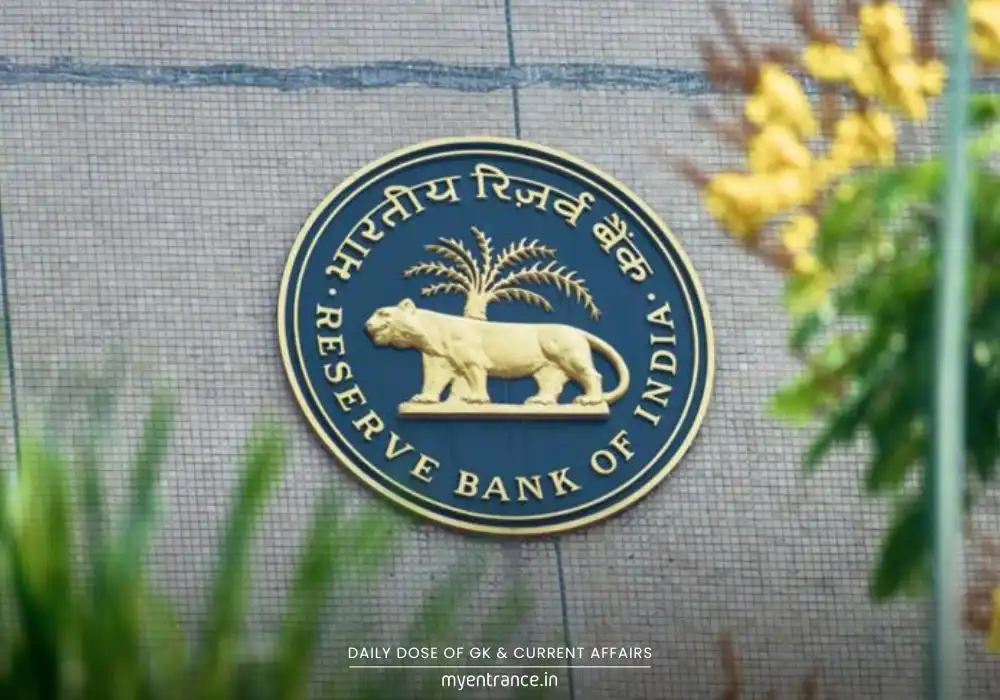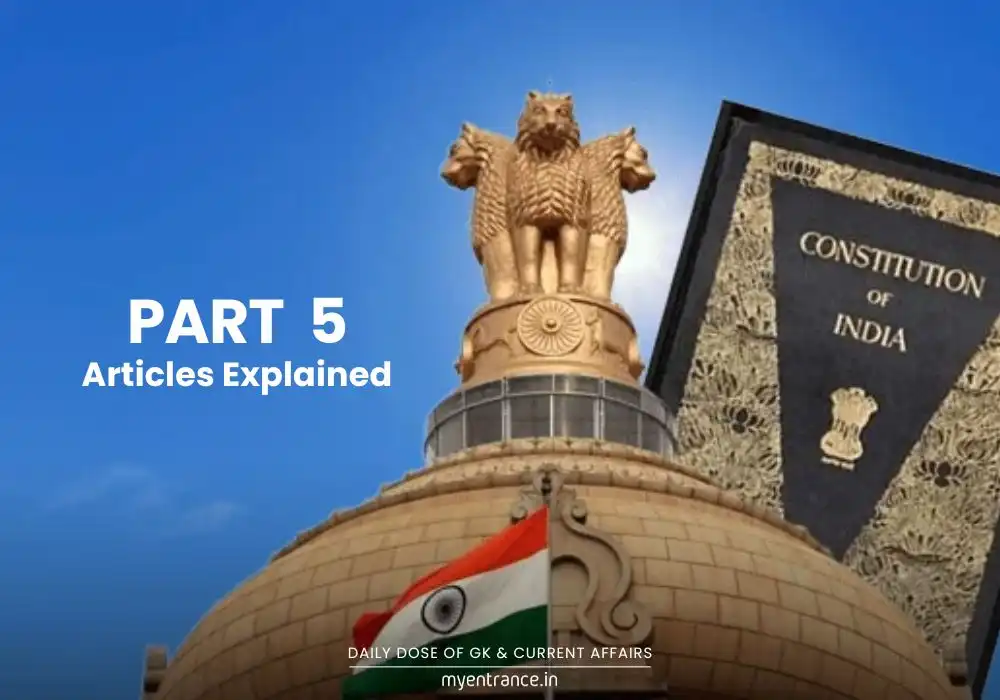Translate Language
RBI’s New AIF Investment Rules: What Banks & NBFCs Need to Know for 2026
The Reserve Bank of India (RBI) has introduced major reforms in AIF (Alternative Investment Fund) investment norms for banks and NBFCs, easing exposure limits and provisioning rules. These changes, effective from 2026, aim to balance regulatory oversight with market growth. For competitive exam aspirants, understanding these updates is crucial for banking, finance, and regulatory sections.

What Are AIF Investment Norms?
Alternative Investment Funds (AIFs) are privately managed investment pools that invest in high-growth sectors like real estate, startups, and hedge funds. Unlike mutual funds, AIFs cater to sophisticated investors and carry higher risks.
The RBI regulates how much banks and NBFCs (called Regulated Entities or REs) can invest in AIFs to prevent:
Loan evergreening (using AIFs to disguise bad loans).
Excessive risk exposure in speculative investments.
Key Changes in RBI’s New AIF Rules (2026):
Higher Exposure Limit:
Total investment by all REs in an AIF scheme capped at 20% (up from 15% in the draft).
Single RE investment limited to 10% of the AIF’s corpus.
Equity Investments Exempted:
Downstream equity holdings (e.g., shares, convertible bonds) excluded from strict provisioning rules.
Stricter Rules for Debt Exposure:
If an RE invests over 5% in an AIF that lends to the RE’s existing borrowers, 100% provisioning is required.
Subordinated AIF units must be deducted from the RE’s capital reserves.
Implementation Timeline:
Rules apply from January 1, 2026, but REs can adopt them earlier.
Why Is This Important for Exams?
Questions on RBI policies, financial regulations, and banking reforms frequently appear in:
UPSC (Economy & Governance)
SSC/Banking (RBI & SEBI guidelines)
State PSCs (Financial Current Affairs)
NID/NIFT (General Awareness Sections)
Key topics to note:
AIF definition & regulatory bodies (RBI, SEBI).
Loan evergreening & its prevention.
Difference between equity and debt provisioning.
Exam Questions & Answers
Q1: What is the new overall exposure limit for REs in AIF schemes as per RBI’s 2026 guidelines?
Ans: 20% of the AIF’s corpus (previously 15% in the draft proposal).
Q2: Why did RBI exclude equity investments from strict provisioning norms?
Ans: To encourage long-term capital flow into startups and businesses without burdening banks with excessive provisions.
Q3: What is ‘loan evergreening,’ and how do AIF rules prevent it?
Ans: Evergreening is disguising bad loans by issuing fresh credit. RBI mandates 100% provisioning if an AIF lends to an RE’s existing borrowers.
Q4: Which regulatory body oversees AIFs in India?
Ans: SEBI (Securities and Exchange Board of India), while RBI regulates banks/NBFCs investing in AIFs.
Q5: When do the new AIF norms come into effect?
Ans: January 1, 2026, though REs can adopt them earlier.
Final Takeaways for Exam Prep
Note the 20% exposure cap and equity exemption.
Link AIF rules to RBI’s financial stability goals.
Compare with SEBI’s AIF regulations for holistic understanding.
For more exam-focused updates on RBI policies, explore MyEntrance.in’s mock tests and current affairs modules!
Get 3 Months Free Access for SSC, PSC, NIFT & NID
Boost your exam prep!
Use offer code WELCOME28 to get 3 months free subscription. Start preparing today!















